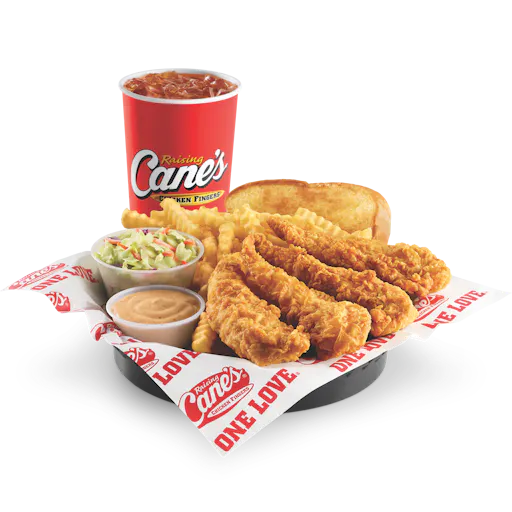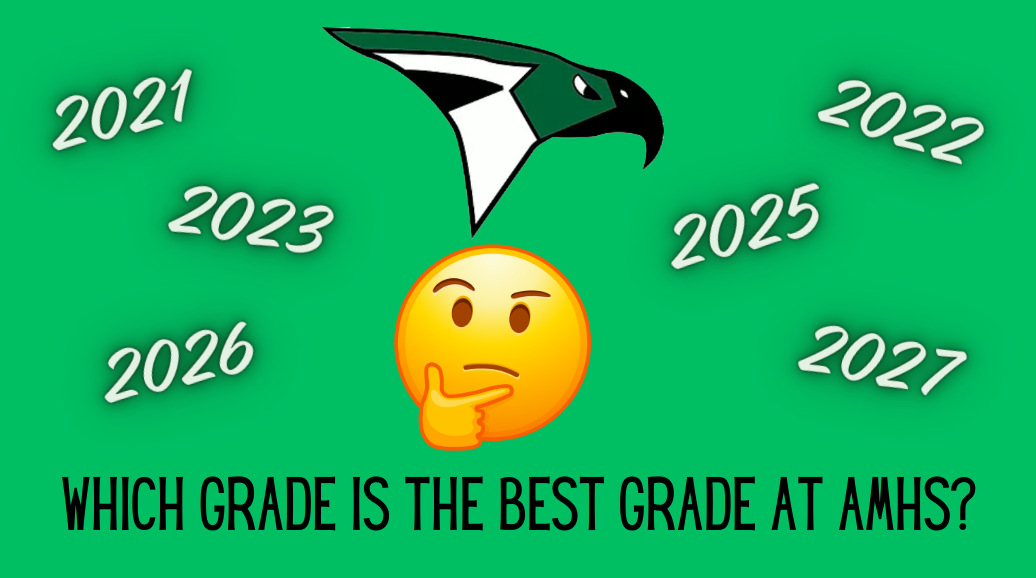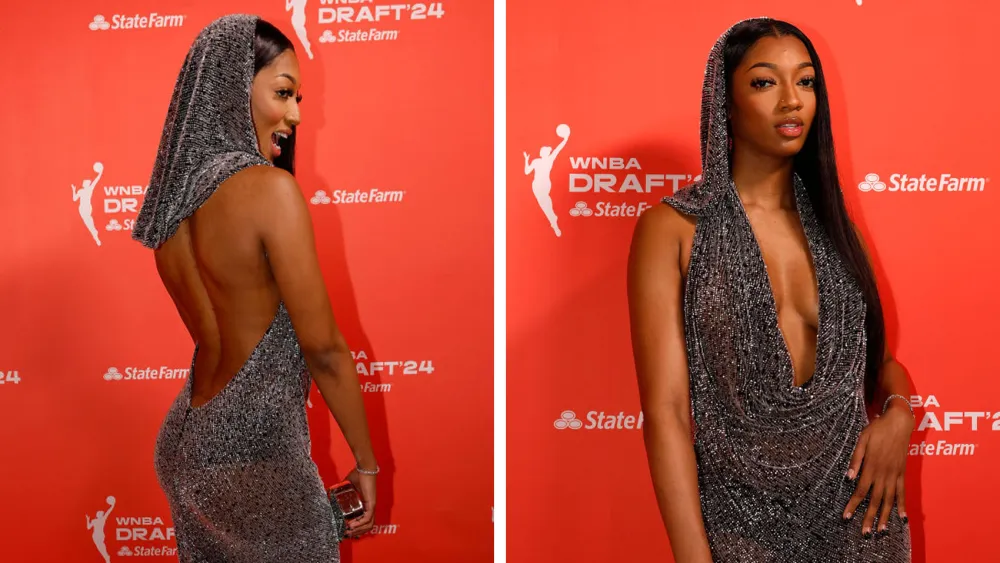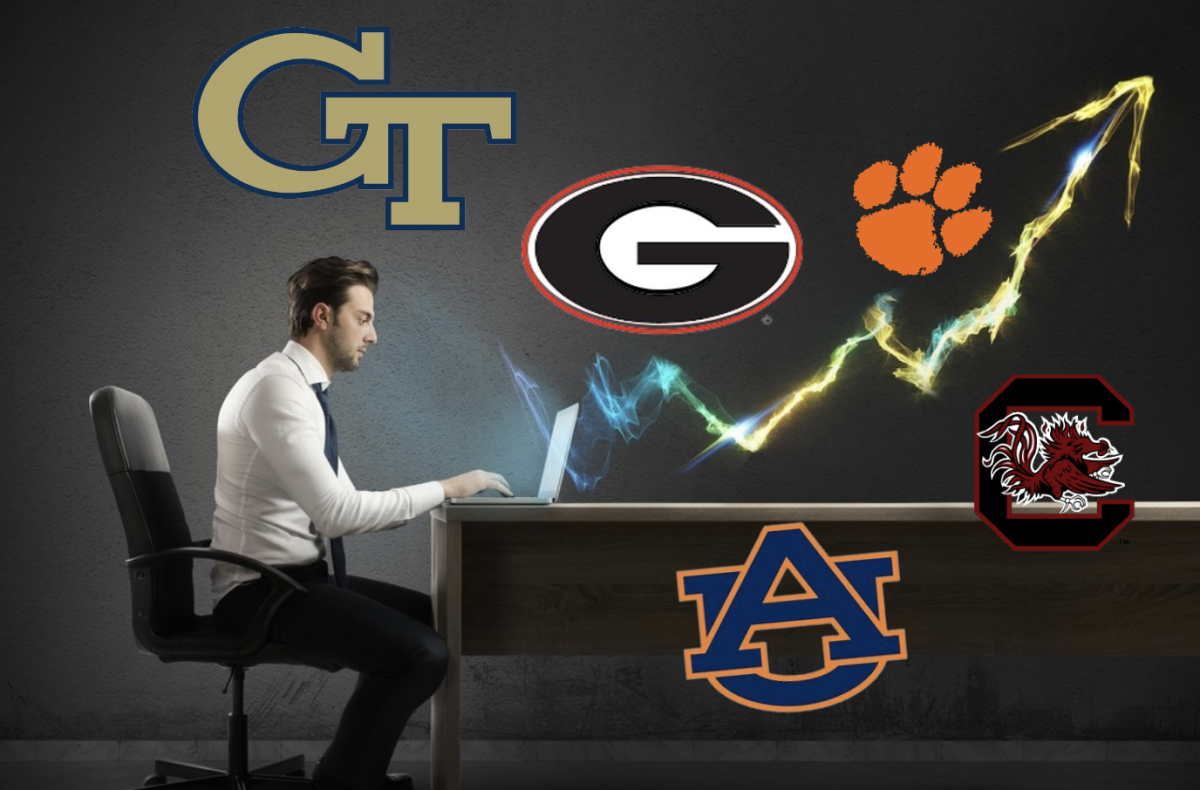If you’re ever writing a document, the one thing you literally can’t do without is a font. Without a font, you have nothing. Since fonts are all a reader is going to be looking at, it is critical to choose a good one. In order to make the font selection more efficient, I have created a tier list ranking many different fonts, nearly all of which come with Windows.

Arial is just about the default font. Period. It is the default font in Google Drive and was the default font in Microsoft Office until 2007. As a catch-all, it works. Probably the most distinct feature of the font is the letter K, with the bottom diagonal line connecting to the top directly. I personally believe that the quirk is perhaps a little inappropriate for Arial’s common use, but the flair is hardly an impediment. Arial is certainly a sleek font with a wide array of uses. However, its ubiquity makes its use feel uninspired at times. Overall, Arial gets a B on the tier list.

Calibri for many years was the default font used in Microsoft Office. It can be seen as a competitor to Arial given its use in Office, but I think that it tries too hard. In contrast to Arial, all of its edges and corners are smooth. Despite this rather informal design, the font still uses a looped hook “g” and old-style numerals which I believe conflict with the style of the font. The font works, but I think it tries to be too much and I am not a fan of the overly rounded design. On the tier list, it gets a D.

Cambria is a serif font, which I tend to use less often, but it proves its elegance. There is a recurring motif of serifs extending to the left, which I believe gives the text a certain flow to it. It uses new-style numerals which I greatly prefer to the alternative and while sometimes I believe the lines become too thin on certain letters such as the “r” and “n,” the variance in line thickness is done better than almost every other serif font. Cambria deserves an S on the tier list.

Comic Sans is perhaps the most infamous font in existence. The font is intentionally made to replicate informal sans serif letterings found in comic books, thus its name. The font is irregular and unsatisfying, but by design. However, even when used in its intended context, it is overshadowed by other, more punchy fonts. I find Comic Sans to be much too smooth and passive for use in comic books. In any other context, Comic Sans is just out of place. One philosophy of mine is that when you read something, you should think about the content of the text, not the font. Comic Sans does the opposite by being so out of place and recognizable and thus always dominates the text it forms. Comic Sans gets a fat F on the tier list.

Consolas is a greatly underappreciated font in my opinion. Monospace fonts are incredibly useful. For me in particular, I use monospace fonts when coding and when I do, Consolas is always my go-to. The font appears unconventional with the long tail of the “t” and serifed “i,” “j,” and “k.” However, each character is distinct, which is incredibly important especially when coding. Another example of this is the slashed “0,” distinguishing it from an “O.” In my opinion, the font is great with its curved lines and flat edges and secures its position at the S tier of the list.

Courier New is a monospace font like Consolas, but takes a more distinguished approach. It attempts to emulate the appearance of classic typewriters, though I am personally not a big fan of the extremely thin lines constituting each letter. I can see Courier New better than Consolas when reading literature or in particular a script, but when reading I will always prefer variable-width fonts. When it comes to most practical uses, Consolas is more sleek and easier to read. However, Courier New still has its own merit when it comes to its distinct, uniform style. In a way, it is satisfying to look at. On the tier list, it warrants a C.

Impact is perhaps best known as “the meme font.” It has extremely thick strokes which make it immediately visible to the eye. However, this is at the cost of legibility, especially when very close or very far. The letters and numbers are also slightly irregularly spaced which makes the font unsatisfying to look at. The font clearly fulfills its purpose, but at what cost? It goes all the way down to D tier.

Papyrus, like Comic Sans, is an infamous font. It is known for being incredibly overused and put in inappropriate scenarios. However, the font is generally just hard to read, unlike the very legible Comic Sans. The font is extremely uneven, as well, which makes it less enjoyable to read. While I can see the rare instance in which it would be fitting, I find the font as a whole to be thoroughly unpleasant to read. It gets an F on the tier list.

Times New Roman probably makes a lot of high schoolers groan due to its frequent use in formal school papers. However, the font in isolation looks quite good. It is probably the most classy of any font on this list which is something I have to respect. The font is one of the most conventional fonts to exist, in part because it is what sets the convention. The font is usable in practically any scenario that a serif font can be used in and I have to respect its versatility. On the tier list, it goes all the way up to A tier.

Verdana is what Arial wishes it were. It has a unique “k” like Arial, which docks its points, but the rest of it is better than Arial. The primary feature is that the tops of letters such as the “p” and “n” are more subtle than that of Arial which gives it a smoother look, but not a look as smooth as Calibri. Personally, I find Verdana to be a great mix of the two and its uniform letters are satisfying to read. On the tier list, it goes above Arial at A tier.
The final tier list is as follows:
S: Cambria, Consolas
A: Times New Roman, Verdana
B: Arial
C: Courier New
D: Calibri, Impact
F: Comic Sans, Papyrus
Just know that if you ever need to choose a font. Don’t just blindly pick one, and don’t just pick one you like, either. You have to make sure that the font is good, but also appropriate for where it and how it is being used. That is what makes a font good or bad more than anything: the context in which it is used.
By the way, the program used in newspaper, only allows Arial.









